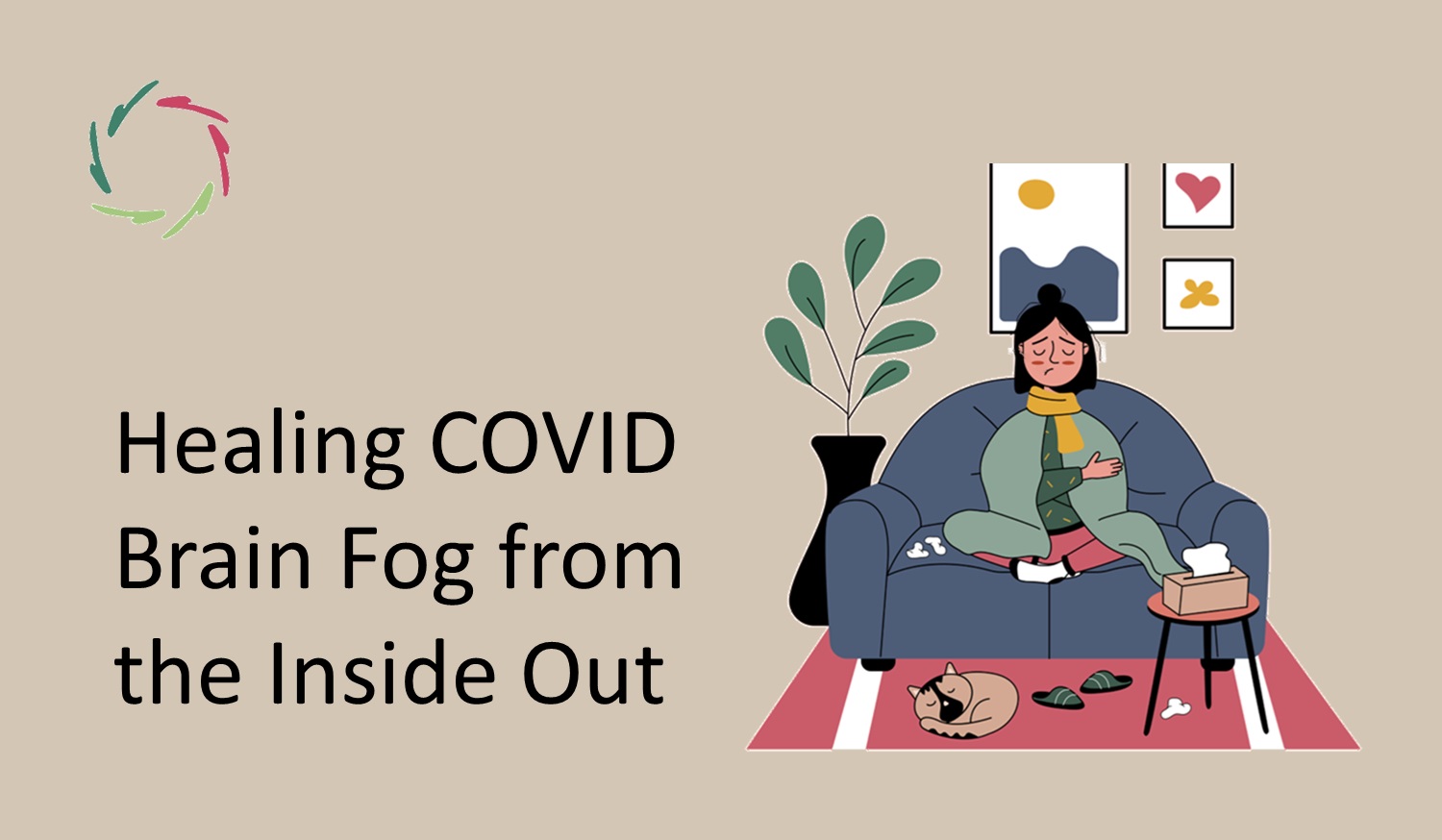42. Not yet Out of the Woods!

The SARS-CoV-2 virus keeps changing, finding new ways for viral success. We’re relatively lucky with Omicron. What with the next variant(s)?
January 28, 2022
| Daily | Total | |
| Cases worldwide | 3.479.527 | 370.273.350 |
| Deaths worldwide | 10.595 | 5.667.742 |
Curves and numbers


(from Worldometers)
The present week-average mortality lies at 8.732 per day globally. This is higher than the mortality peak of the first wave in 2020, being 7.113. Despite promises (vaccines, drugs), the balance is far worse than average expectations over the whole course. One even gets used to temporary optimism.
I remember a ‘lonely poem‘.
So, who is winning?
Presently, the virus. Humanity too, since there are so many of us. There are still more people being born than dying.
This is sarcastic indeed. Also sarcastic is the attitude of many who don’t seem to care for many deaths as long as they are personally safe. Each day again, I don’t get it.
The genetic landscape of viral fitness
This metaphor – for a map of possible genetic combinations – is not mine. I got it from hearsay, which got it from hearsay. The combinations are purely the result of trial and error. Almost all combinations are errors (meaning reduced fitness), but since there are so many, the chance to hit the jackpot (high level of fitness) is always present.
This is an argument for following safety measures. The argument is not knowing the landscape or the ways at viral disposal to explore it. Within this landscape, there are more or less dangerous regions for us. Some regions are more or less beneficial to the virus. Both kinds of regions are more or less independent from each other.
The danger
The virus moves within this landscape in only slightly predictable ways. For instance, the Omicron variant lies far from the Delta variant within the landscape. This leap was unexpected. Thus, the next one can be equally unexpected, especially since we don’t know this virus long enough to take anything about it for granted.
Meanwhile, the landscape itself keeps changing, rapidly adapting to changes in the landscape. New circumstances are, for instance, the degrees and levels of vaccinations and the immune status of many humans through prior infections. Given the speed of viral change, we can expect it to find new adaptation strategies.
For instance, Omicron found in the human upper airways a relatively little charted part of the landscape with some clear advantages. It very rapidly occupied this part, changing the landscape. The next variant needs a different part, and there are many. Meanwhile, Omicron has shown – again – that SARS-CoV-2 can be a speedy explorer.
The more virus around, the better it can adapt.
Having the virus in all parts of the world and with many people continually moving around globally is very dangerous. Any new viral success gets quickly dispersed, changing the landscape, which invites new viral explorers to discover ever new parts.
And there are many parts in the potential landscape since it is an immense landscape. In principle, viral exploration can go on for a very long time. Presently, we have the Omicron variant rampaging through Eastern Europe and Russia, as well as South America. The peak in the death toll in those regions is projected within the near future: weeks, maybe months.
As always, the real danger lies in new shifts and drifts ― new variants and existing variants adapting to changing circumstances. For instance, more virus leads to quicker vaccine resistance ― another argument for following safety measures.
Doesn’t the virus take care of us?
Since we are its feeding ground, one would expect the virus to take care not to kill us ― no humans, no human coronavirus anymore. Individually seen, if there is no base camp, there can be no jumping over from one to the other.
As said, this virus takes care of the latter by betting on speed: replicating quickly and quickly jumping around. With Omicron, this came together with being less morbid and fatal. We found our ally in that part of the landscape. It may have been sheer luck. The next jump may be an unluckier one.
Doesn’t anything else take care of us?
So, if it’s that dangerous, one could ask why humans still exist. Why didn’t micro-organisms finish us off in the past? Is that not proof of some mechanism (or ‘grace’) that guards us?
It seems there is this implicit optimism, and I don’t want to break it ― just trying to stay objective. In the past – a couple of millennia – in Europe, Asia, and North America, huge epidemics have killed almost entire populations. It was not inconceivable for them to be entirely wiped out.
Also, killer viruses may have seen daylight earlier in history, killing all infected. The villages where this happened ceased to exist. At present, the whole world has become one village.
Science might save us. Then again, it might not.
SARS-CoV-2 is an especially rapidly adapting kind of virus.
The Influenza virus, for instance, usually shows 1 or 2 genetic mutations per year in its key protein. The Omicron corona variant has 30 genetic mutations in its key protein in one go.
Also, there is a short interval between infection and infectiousness, of only 1.5-3 days. This virus chooses speed over robustness. It can quickly infect many people, which gives it ample room for exploration. After a few days, what happens to the infected person is of little to no concern for the virus. Temporary paralysis of the immune system followed by an overreaction is no problem (for the virus). Viral dreams are about overstressed immune system showing this characteristic.
Why are there waves of infections (past, present, future)?
Influenza comes year after year, predictably sailing a seasonal course. Other viruses (Corona and others) also show such predictable showing up. Where this seasonality comes from is, strangely enough, not well understood. Temperature and humidity play some part. The most significant role may be played by humans, in behavior and more mental aspects.
This includes what people do in private, exhausted of being disciplined, not being given good examples by responsible figures.
Little is known about why exactly many viral presences wax and wane in human populations. Also in this case, although it may be obvious once we see it, there remains much to be learned.
Why the mind is more important than ever.
Many people’s faith in materialistic science is not exaggerated, but not always of the correct kind, being rather a faith than science.
Vaccinations seemed like an open door to post-COVID. Until now, it didn’t turn out this way. The situation may have been far worse without vaccinations. Equally obvious is that vaccinations change the viral fitness landscape, and the virus adapts to this changing landscape, searching for new territories. The more changes, the more searching. Eventually, the landscape will be a very vaccination-driven one.
Present-day vaccinations do not lead to the egg of Columbus. Meanwhile, we still don’t know their long-term effects.
New promising drugs are appearing on the market. Good! But giving new antiviral drugs to many people may prove problematic, as in the case of AIDS.
I keep saying that we should take every measure at our disposal, including ourselves.
Also if Omicron shows to be the last main variant and we proceed with small variants upon this one, we may return more readily towards normality – and keep it there – when using our mind.
Science might save us. We need more proper science about us.


